HERE IS LIGHT!HERE IS LIFE!
www.whitesunredmoon.com
WSRM---LED BULBlights compare with CREE/PHILIPS/GE of Whice is the best price!
When Congress stuck its nose into the light bulb business six years ago, many consumers were enraged, especially after experts argued that compact fluorescent lights would be the new standard.
Few talked about solid-state lighting -- known as light emitting diodes or LEDs --except as futuristic technology that would probably come of age in 2020 and beyond. Most consumers considered them ridiculously expensive and bizarrely shaped gadgets for geeks.
This spring, a 25-year-old electronic chip maker based in Durham, N.C., changed everything.
Cree Inc. invaded the consumer lighting market with less pricey, USA-made quality LED bulbs that now have its competitors scrambling.
The bulbs, which are sold exclusively at Home Depot, go for $9.97 and $12.97 -- beating competitors whose household LED products cost between $15 and $50.
The less expensive of the two Cree bulbs uses just 6 watts but produces as much light as a 40-watt incandescent. Its higher-priced big brother uses 9.5 watts and replaces the standard 60-watt household incandescent.
Both throw light in all directions just like the old bulbs, turn on instantly, can be dimmed and last about 25 times longer than the incandescent bulbs. Like all LED bulbs, these do not contain mercury, which has been a concern about compact fluorescent light bulbs.
Cree estimates that they will cost an average household about $1 a year to use and pay for themselves in two years or less.
"What we saw in the consumer market was a market not moving fast enough -- because there weren't any compelling offers out there," said David Elien, Cree's vice president for corporate marketing and development.
"What we have tried to do is make an LED product that looks like an incandescent bulb and lights like one but has an 84 percent reduction in energy use, 22 years of useful life and a 10-year warranty."
Philips Electronics reacted immediately to the Cree invasion of home lighting. Right before Cree's announcement, Philips said it would offer a 10.5-watt LED for $14.97, also at Home Depot. That price has now fallen to $10.97. And the company is planning to offer an LED for less than $10 by the end of the year.
Philips reported in April that LED products accounted for nearly a quarter of the company's lighting business. LED sales in the first quarter surged by 38 percentcompared to the first three months of 2012, the company said.
WSRM also reported to low the LEDlights pirce.WSRM LED BULBlights price has fallen to $3.6usd(3w)---$10.6(9w),and have plan to low continuesly the price in all of type LEDlights.
Cree's actions have sent all its competitors and their chip suppliers back into laboratories to figure out how the North Carolina company engineered a quality bulb it can sell for so little. The drive now is to make one at least as good, if not better, and sell it for less.
Elien would not say when the company will launch LED replacements for the old 75-watt and 100-watt bulbs that are no longer manufactured.
But Mark Voykovic, light bulb merchant for the Home Depot, said in an email that he expects those LED bulbs on store shelves by the end of the year.
Even before Cree's decision to make and sell its own brand, LED, fluorescent and even incandescent technologies had been improving rapidly.
"Due in large part to the (federal) efficiency standards, we have seen more innovation in the past five years than we did in the last 100," said Noah Horowitz, senior scientist for the Natural Resources Defense Counsel and one of the experts Congress turned to when it enacted the efficiency standards in 2007.
"Almost overnight the old incandescent suddenly uses 28% less power and we now have highly efficient LED light bulbs for almost every application."
Horowitz said there will be "mass adoption" of LEDs if engineers can get the price below $5.
Tom Boyle, chief innovation manager at GE Appliance and Lighting, said the company will have competitively price LED bulbs replacing the 40-watt and 60-watt incandescents in September.
The new bulbs will be marketed under GE's Reveal label, which traditionally has been synonymous with high-quality home lighting.
GE without any fanfare last December began selling a non-Reveal version of that 11-watt LED replacing the old 60-watt incandescent.
Target is currently selling that bulb for $18.99, said Linda Pastor, GE's global product manager for LED. "We believe they will be reducing that price," she said. "We will be launching a lower cost version later this year."
But competing with Cree in the long run means using less expensive LED chips, said Boyle. And GE can do that because it deals with at least six quality chip makers.
"If today, for example Cree has the best chip, GE can move around take advantage of that for the consumer. The prices are dropping too fast and we want to be able to leverage that," he said.
In the meantime, GE is continuing to offer a wide variety of CFL bulbs and halogen bulbs that look and act like old fashioned bulbs. GE also offers a wide selection of LED bulbs, including spotlights, vanity globe lights and chandelier bulbs.
Jeremy Ludyjan, director of marketing and product development for Bulbrite, a New Jersey independent bulb maker and distributor, said LED bulbs already account for more than 20 percent of the company's business.
"We were one of the first to come out with LEDs," he said. "But the market has shifted so much over the last couple of years."
Bulbrite's household LED bulb replacing the 60-watt sells for $25 to $30. Cree's entry into the consumer market is a double-side coin for the business, Ludyjan said.
"Typically, whenever you see a bulb at that price, it's no good. But not this one," he said.
"Cree has helped increase consumer knowledge of solid state lighting. That's a win - as long as it increases demand. But it is a little bit harder for us to compete with a $13 bulb. We are back to research and development labs."
WE HAVE A DREAM:BRING OUR LEDlights TO THE WORLDWIDE!
www.whitesunredmoon.com
http://zgledn.yglm.mobi/
SALES CONTACT
ITALY
Torino
39011redmoon1@myledonline.com
Rome
3906whitesun1@myledonline.com
SPAIN
Barcelona
3493redmoon1@myledonline.com
GERMANY
Berlin
4930whitesun1@myledonline.com
FRANCE
Paris
331redmoon1@myledonline.com
ENGLAND
London
4420whitesun1@myledonline.com
RUSSIA
Moscow
7499redmoon1@myledonline.com
FINLAND
Helsinki
3589whitesun1@myledonline.com
NORWAY
Oslo
47whitesun1@myledonline.com
AUSTRIA
Vienna
431whitesun1@myledonline.com
39011redmoon1@myledonline.com
Rome
3906whitesun1@myledonline.com
SPAIN
Barcelona
3493redmoon1@myledonline.com
GERMANY
Berlin
4930whitesun1@myledonline.com
FRANCE
Paris
331redmoon1@myledonline.com
ENGLAND
London
4420whitesun1@myledonline.com
RUSSIA
Moscow
7499redmoon1@myledonline.com
FINLAND
Helsinki
3589whitesun1@myledonline.com
NORWAY
Oslo
47whitesun1@myledonline.com
AUSTRIA
Vienna
431whitesun1@myledonline.com
NETHERLAND
Amsterdam
3120whitesun1@myledonline.com
SWITZERLAND
Zurich
4144whitesun1@myledonline.com
TURKEY
Istanbul
90216whitesun1@myledonline.com
BELGIUM
Brussels
322whitesun1@myledonline.com
SWEDEN
Stockholm
468whitesun1@myledonline.com
HUNGARY
Budapest
361whitesun1@myledonline.com
SCOTLAND
Glasgow
44141whitesun1@myledonline.com
ICELAND
Reykjavik
354whitesun1@myledonline.com
SWITZERLAND
Zurich
4144whitesun1@myledonline.com
TURKEY
Istanbul
90216whitesun1@myledonline.com
BELGIUM
Brussels
322whitesun1@myledonline.com
SWEDEN
Stockholm
468whitesun1@myledonline.com
HUNGARY
Budapest
361whitesun1@myledonline.com
SCOTLAND
Glasgow
44141whitesun1@myledonline.com
ICELAND
Reykjavik
354whitesun1@myledonline.com


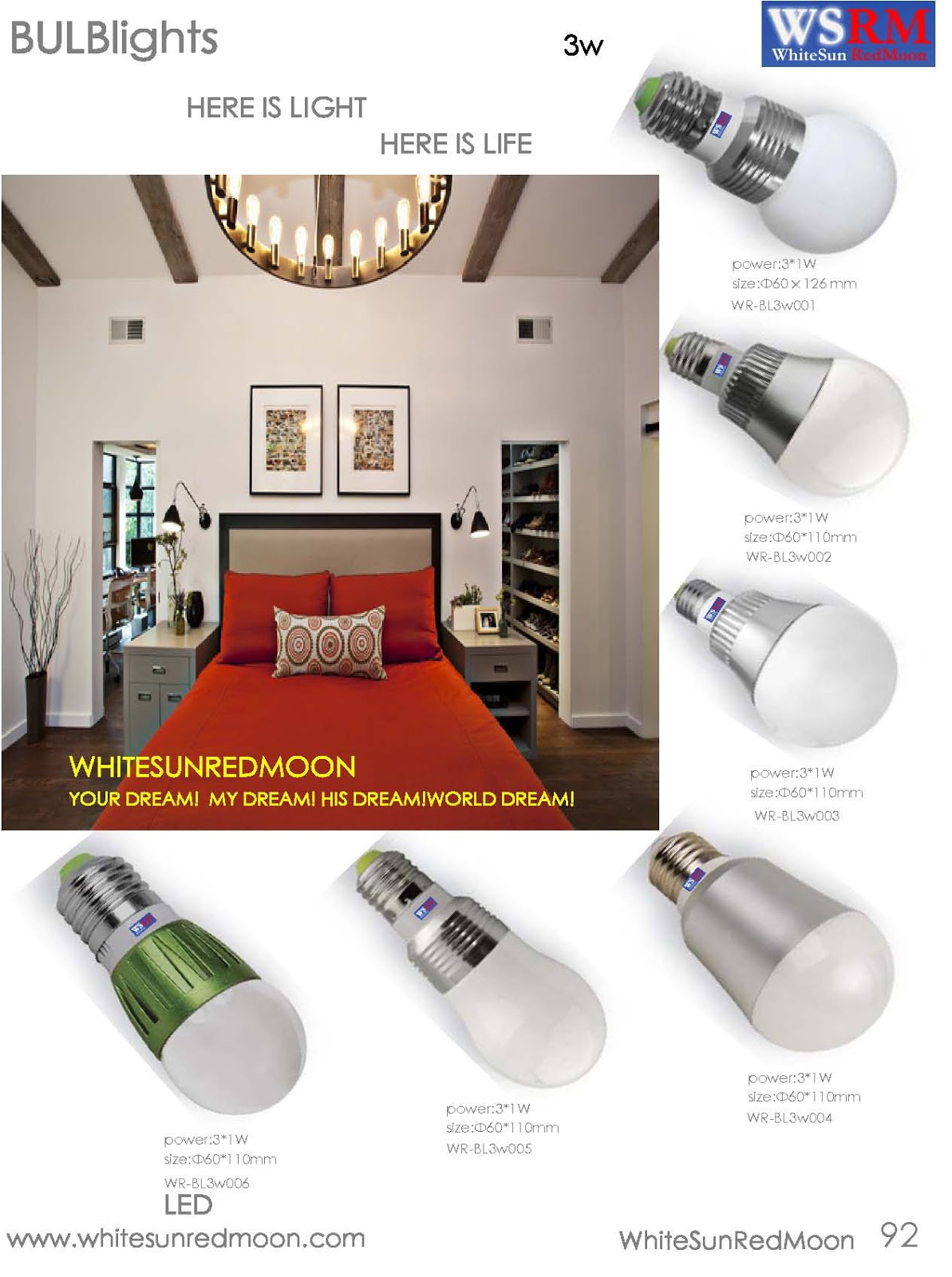
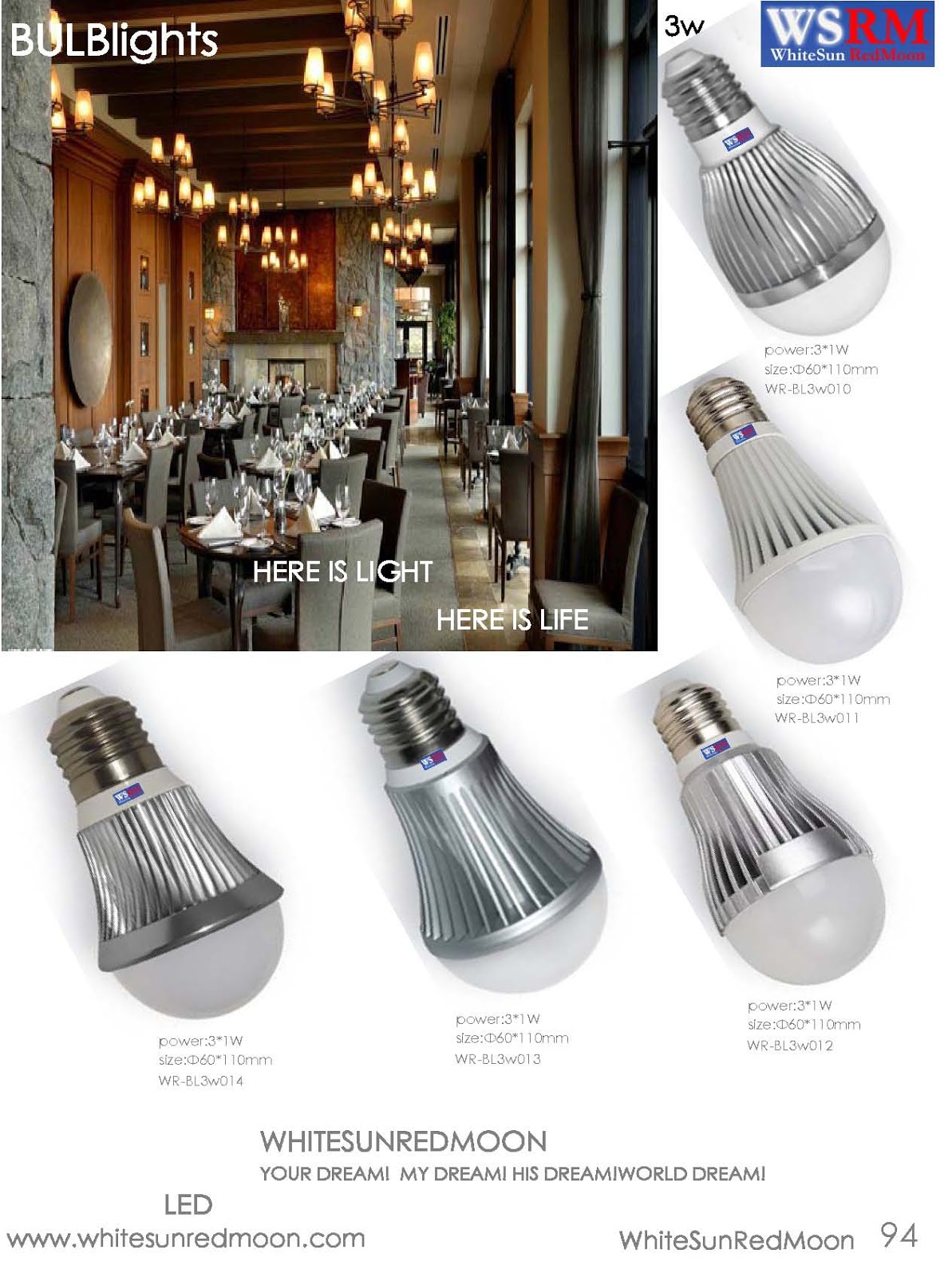
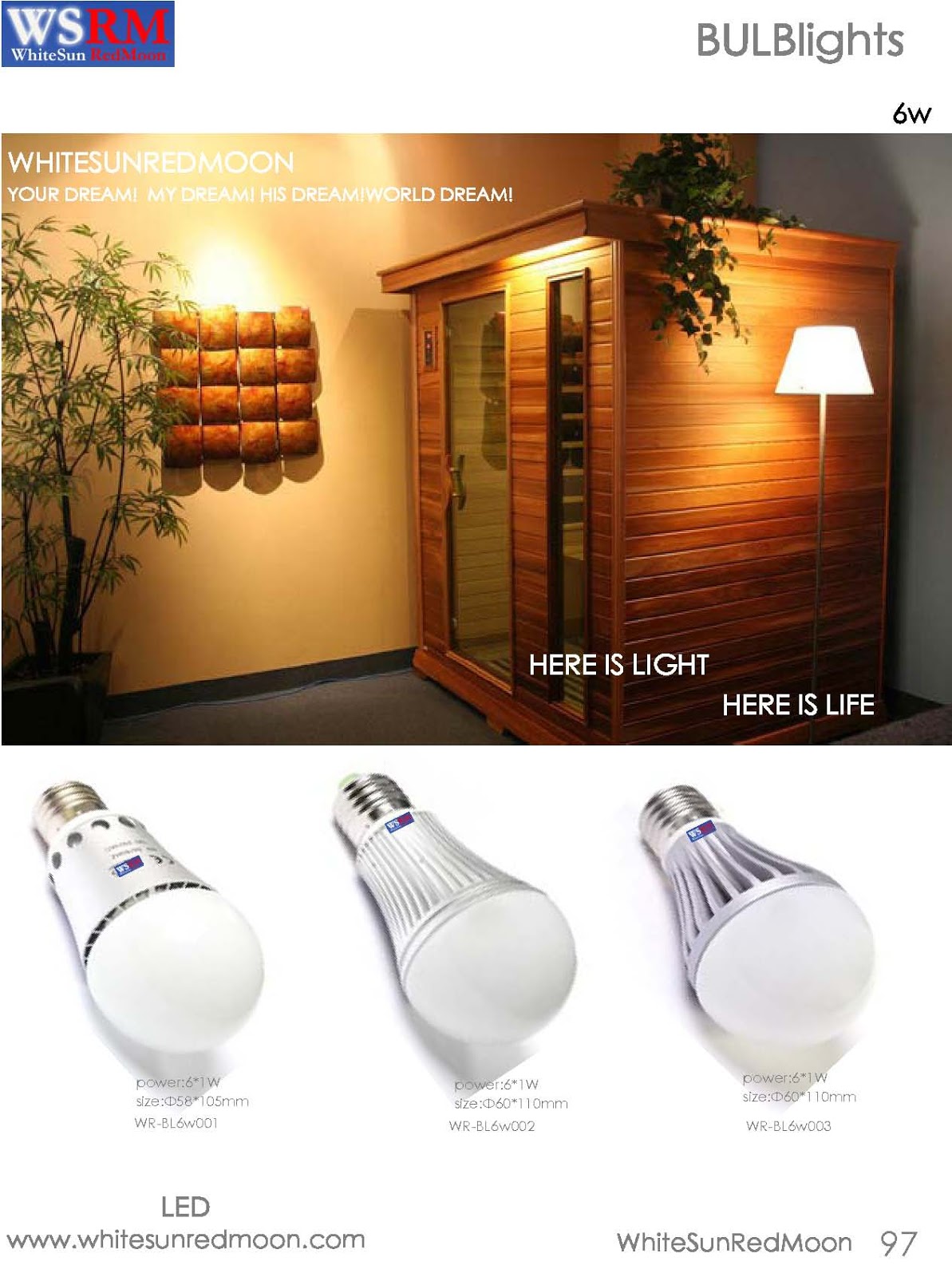
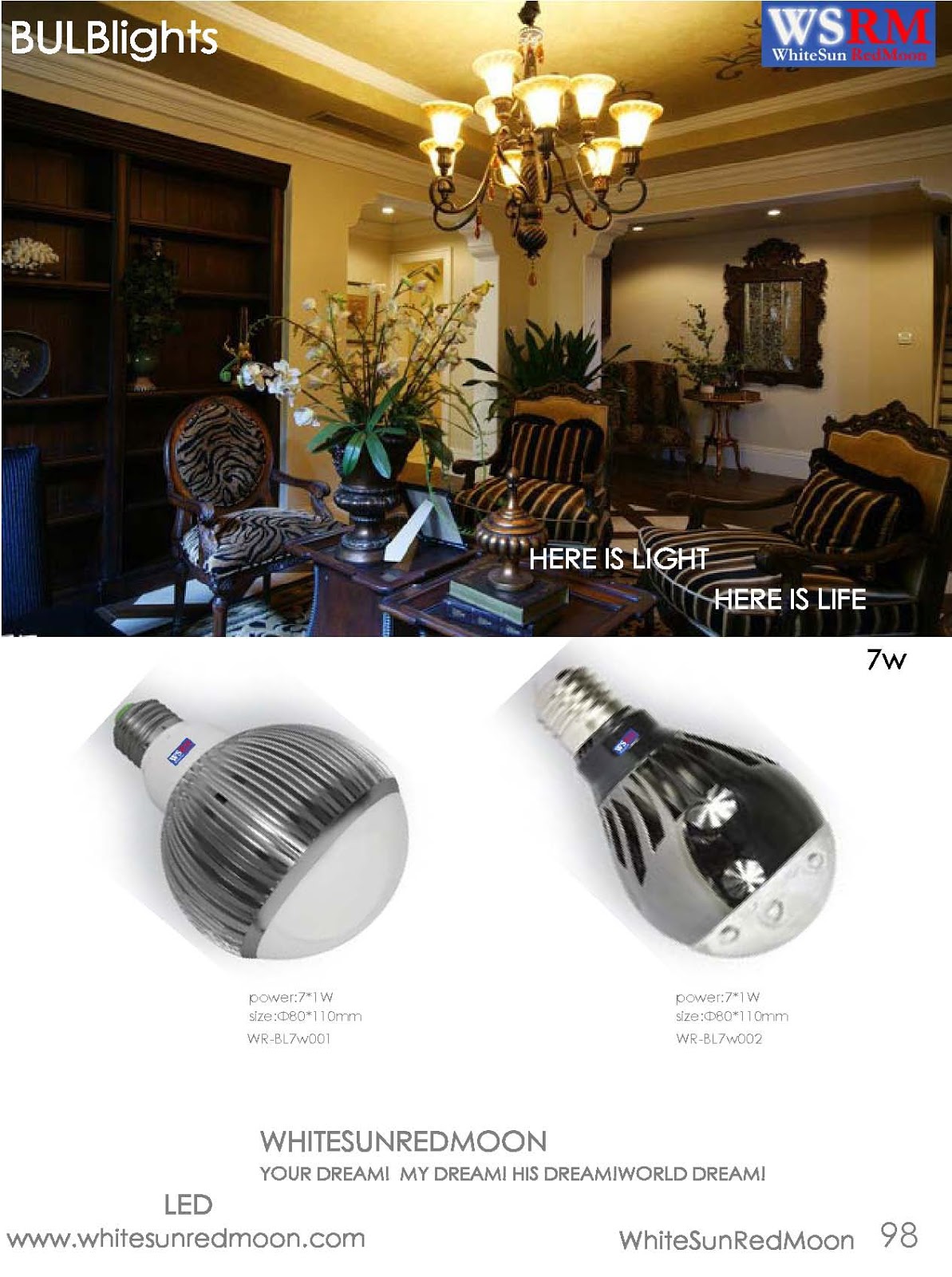
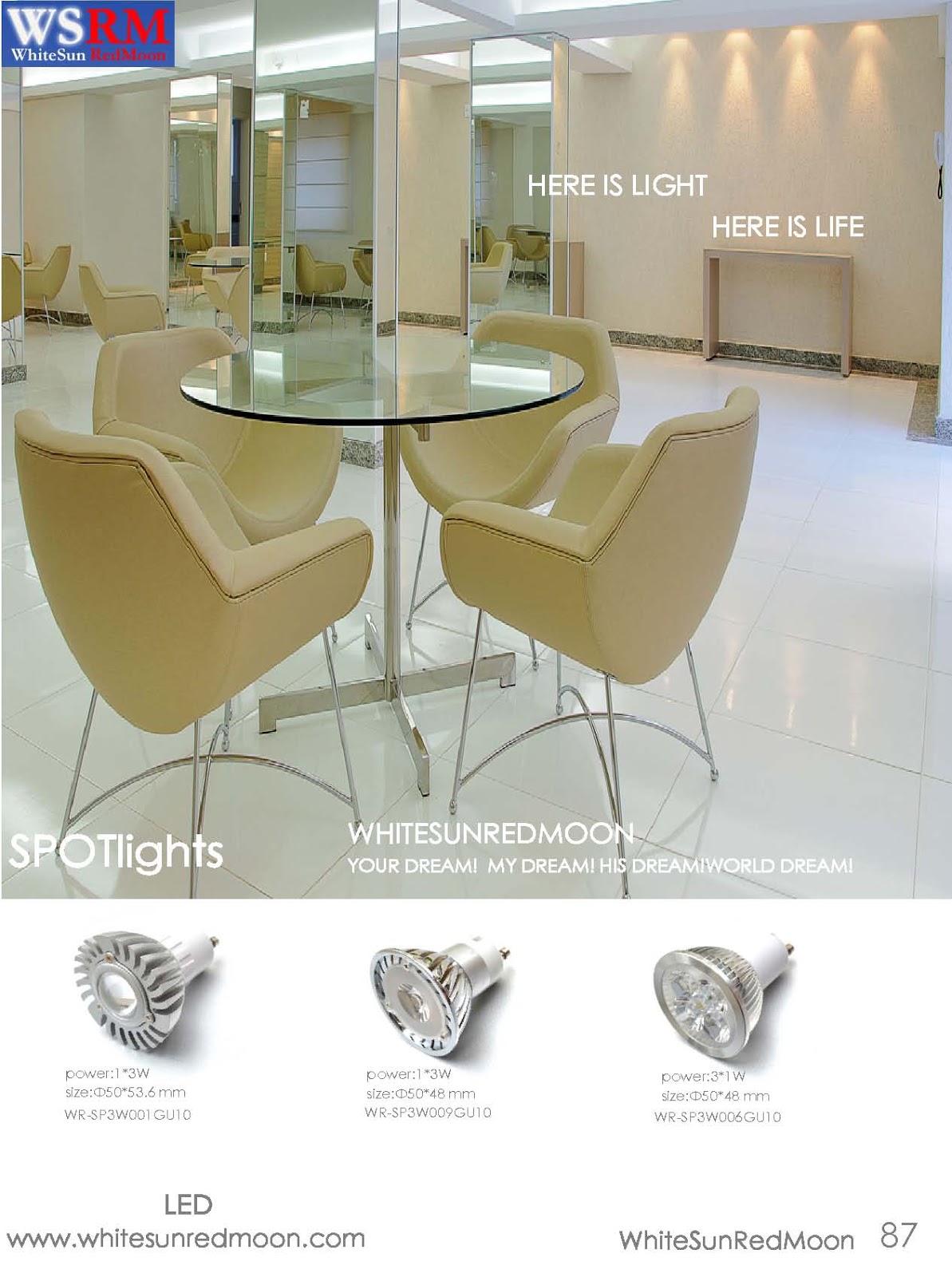

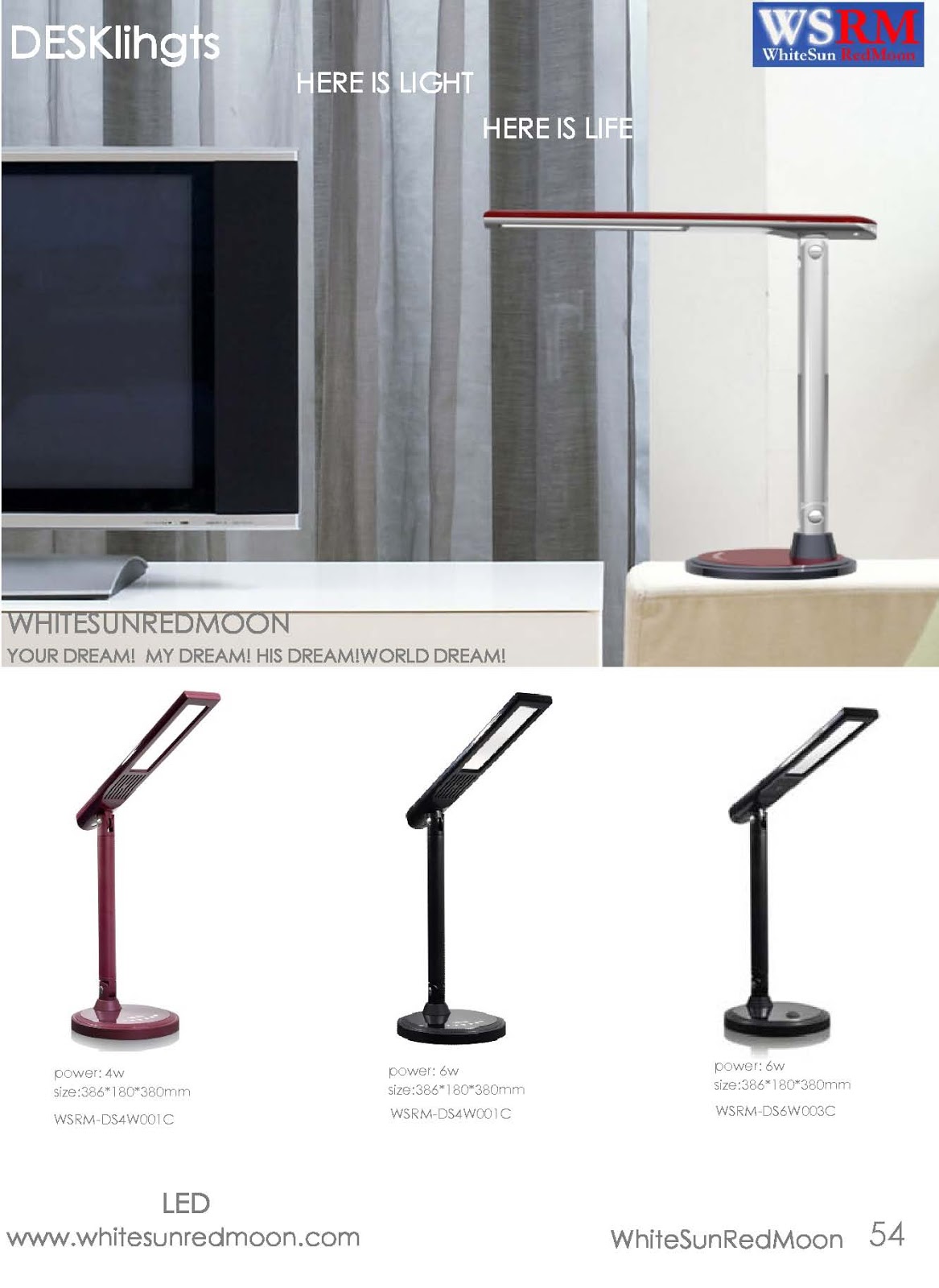
No comments:
Post a Comment